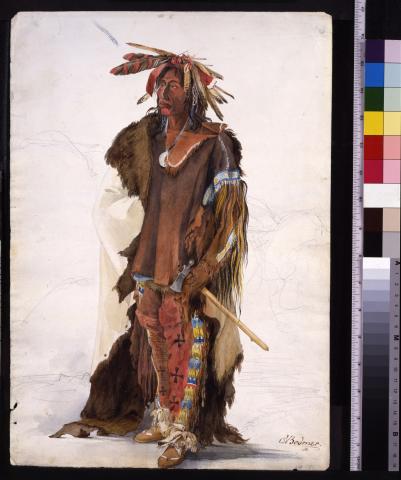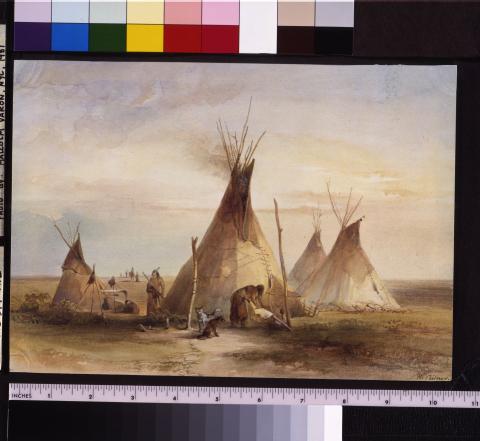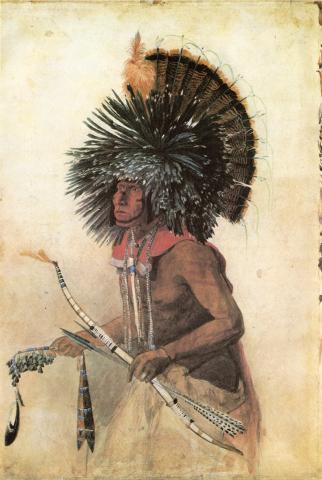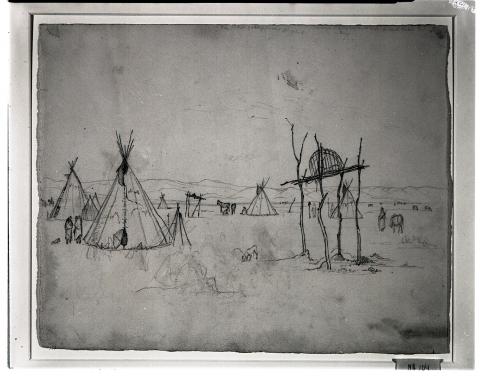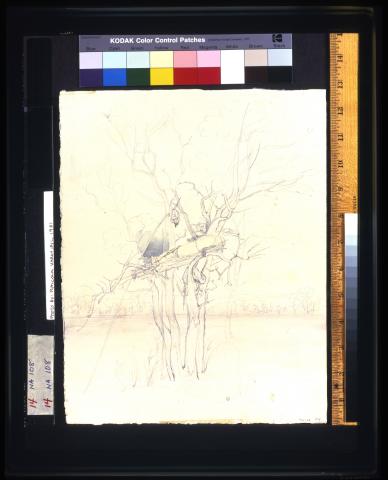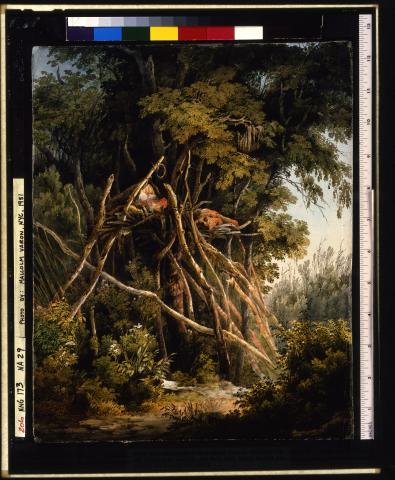May 26, 1833
26 May: In the morning, overcast sky, wind, dry weather. At 7:30, 54°F [12.2°C]. The Sioux Agency (or, as one also says here, the Fort) is a square area about 50 to 60 paces on all sides, surrounded by a firm wall of posts and planks, about 20 to 30 feet high, in which there are three log houses of several rooms. 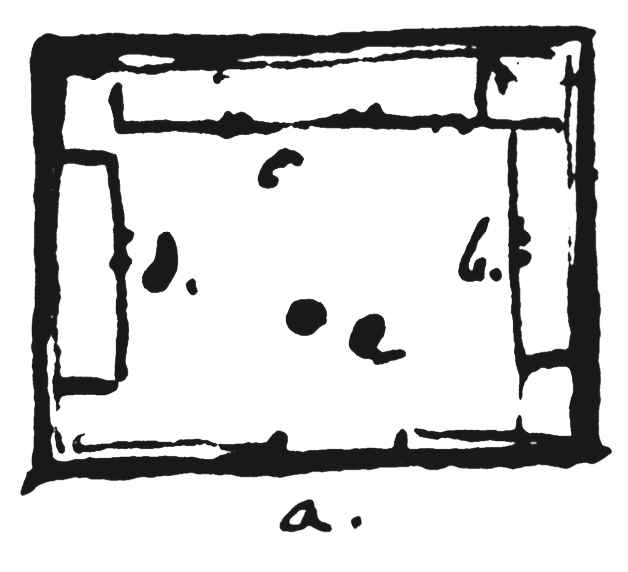 North of this
North of this house fort, Mr. Sublette’s fur company has a house and stocks of trade goods. At the other side of [the Sioux Agency] stands a log house belonging to the American Fur Company; other buildings were not constructed here. The fort is situated on an area covered with thickets near the river. Behind it the prairie extends, with individual old trees and intermittent strips of timber and green hills beyond.
Around the settlement of the whites were pitched about ten leather lodges of the Sioux, which, in their pointed conical shape, presented a singular view. The Dacota (Sioux) Indians we saw here usually live in the vicinity of whites, since they are poor and none of them owns more than two horses. The foremost man among them, whom one here calls their chief, is the one whom the whites call Big Soldier—in the Dacota language, Wahktä́geli (Valiant Warrior) M76Wahktä́geli was the foremost Dacota (Yankton) Indian at the Sioux Agency. —who is very devoted to the whites. He is a big, elderly man about sixty years old, between 5 feet 10 and 11 inches (Prussian measure) tall, with large lively eyes and a sharply aquiline nose. In addition, there were several other interesting men of this nation here, as well as several young, slender new arrivals. For the most part, they had somewhat elongated faces; long, narrow, very dark brown eyes; and rather long, gently arched noses. They wore their hair long but usually braided behind.
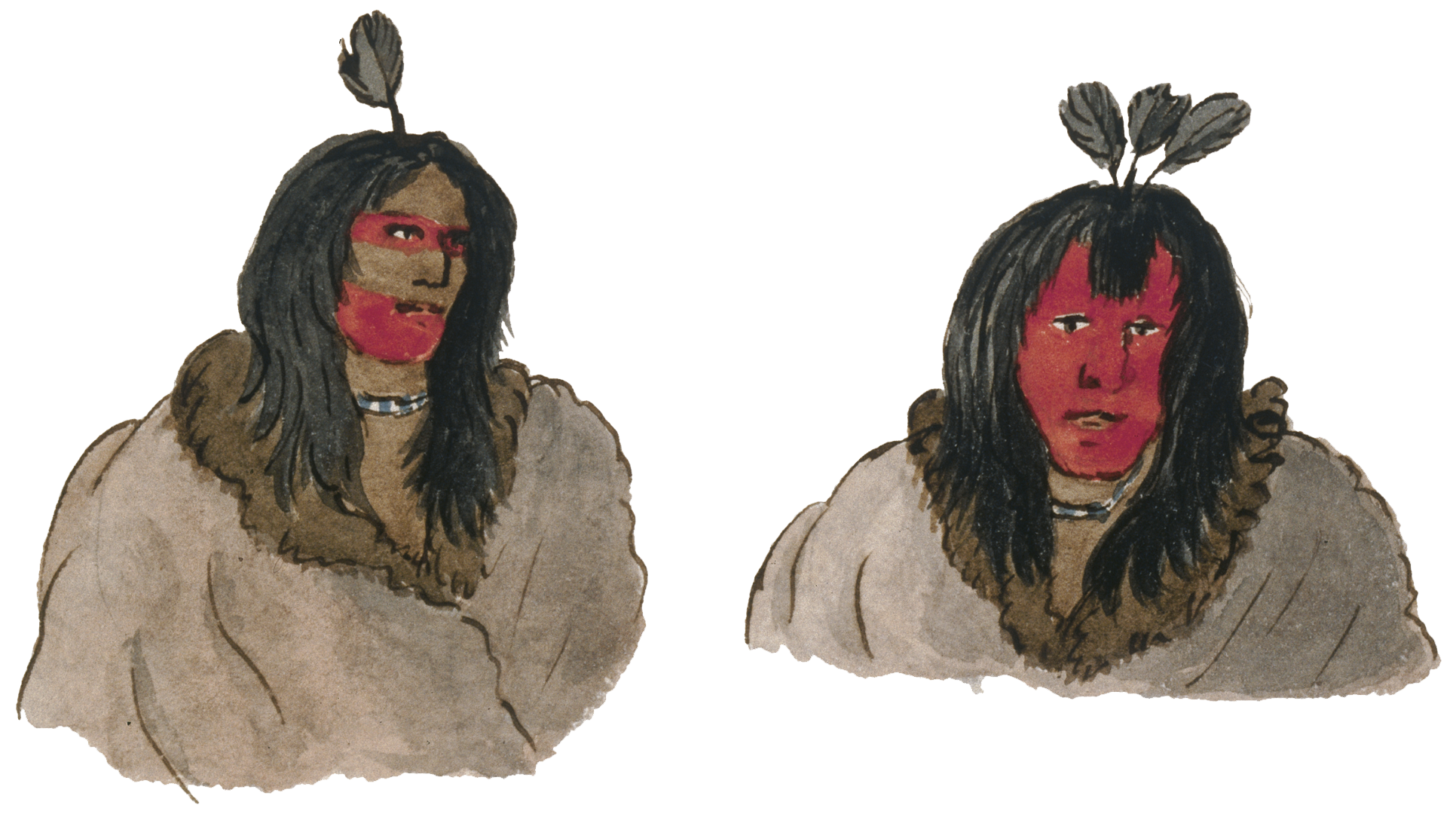
The older men wore it naturally, usually cut at the neck, or somewhat longer, and brushed back from the forehead. The young men went about naked, wrapped only in a large buffalo hide, white and painted on the outside. All of them wore long strings of blue and white wampum in their ears. On their heads they wore a few feathers (from one to three), which, for the greater part of their length, were stripped of their barbs, which remained only at the outer end in a round shape. Several of them had parted their hair on top of their heads; on one of them a thick tuft of hair hung down over his forehead.
Since Mr. Bodmer had already begun sketching Big Soldier yesterday, [the chief] appeared in full regalia, his face painted completely red with cinnabar, with short black, parallel transverse lines on his cheeks. On his head he wore long feathers from birds of prey, crisscross in a horizontal position, fastened with a red ribbon. In his ears were long strings of light-blue beads; around his neck, hanging on his chest, the medal he had received from the president of the United States, with his picture, and on the reverse side, two hands joined together. His leather leggins, painted with dark transverse lines and crosses and very nicely adorned on the outer seam with a wide ribbon [strip] embroidered [in] porcupine quills with yellow, red, and sky-blue figures and his moccasins (shoes)—Hán-pa (‘án’ pronounced as in French) in their language—were very colorfully and attractively decorated in the same manner. [Page 2:92] He wore a large buffalo hide, tanned white on the outside and wrapped around his body; in his hand [was] the [pipe -] tomahawk, which he smoked. Thus, to be sketched, he stood and sat all day long for Mr. Bodmer. The other Indians were not now wearing their best clothes but went about quite simply wrapped in their buffalo hides. In general the women had expressions and features like those already described, but there were several prettier ones among them, and on the whole their features are not so flat and even as those of Sauk and Meskwaki women.
The lodges of these Indians are high, pointed cones of poles that are covered with hides drawn over them. These hides are scraped so thoroughly that they consist of a wholly transparent parchment, which serves superbly to let daylight in. On top, where the stakes join, the hut remains open to let out the smoke, for they can maintain only a small fire inside. Beside the lodges there are poles and scaffolds from which hides hang, which they dry and tan; before the lodge there is usually a pole from which hang weapons such as lances, shields, war clubs, and other implements. We visited Big Soldier in his lodge. The entrance is a narrow, low opening before which hangs a hide on a frame so that the opening can be closed. Inside, the hut was about 10 paces in diameter; [there were] buffalo hides all around, on which we sat down. Behind us lay all kinds of utensils, sacks, and leather cases (all colorfully painted), weapons, and the like. A relative was occupied preparing arrows, which are very neatly made. The host immediately had the pipe passed around, and in long puffs he inhaled the precious vapor. The lady of the house was also present; their children were married. As a present I received what the French call a chichikué, the instrument that one rattles while dancing. It consists of narrow pieces of horn that are fastened with straps to a leather sheath; when a stick is placed in this sheath and moved, these pieces strike against each other and rattle. These small pieces of horn are cut from antelope hooves and are very decorative. In the Sioux language such an instrument is called Tascháhka.
In making calls on Indians, it is customary to step in quietly, whereupon one is immediately invited to sit down. Then the host immediately has the pipe circulate, which is smoked with solemnity and the smoke ceremoniously exhaled. Then one is offered food, for which reason our host apologized; he probably did not have much.

In a nearby lodge, the man had shot a big elk yesterday, the hide of which we now saw being tanned. It was stretched out on the ground with leather straps, and several women were removing the still-adhering flesh and fleshy skin with an iron-and-bone instrument that is very ingenious. Underneath, it has a chisel’s edge with many small teeth; at the end [is] a leather strap, which is wound around the wrist. In this way, one thrusts the edge of the instrument toward oneself and effectively removes all the fleshy parts. In addition to this work, we were interested in the dog and horse harnesses beside the lodges, for when they travel, everything is packed on these animals, even the big leather [tipi] with its long poles. M77This also includes a kind of basket, under which the children are protected against the sun’s heat and rain. It is packed on horses and covered with hides or blankets.
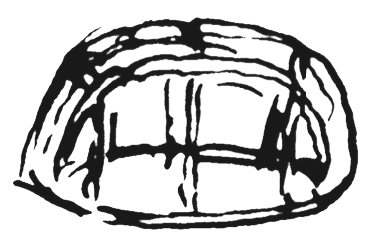
Some of the Dacotas are rich and own as many as twenty horses. These useful animals are now common among the Indians of the West and Northwest. They breed very many of them [and] steal them wherever they can; they probably first obtained them from the Spaniards in New Mexico and along the Mississippi. [Page 2:93] Dogs, too, which they eat and use as pack animals, are also important to them. They have a breed of big, heavy, mostly white and black dogs which cannot be distinguished in shape from the wolf. Many are mongrel wolves, since these animals come very close to the [tipis]. In these plains along the Missouri one sometimes sees eight to nine hundred Dacota [tipis] gathered before the plain. Life and activity everywhere: in one place they are dancing and playing; in another they are working and tanning hides; others come to pack or load their animals, etc. A most interesting sight.
The Dacotas (Sioux) are a powerful nation, which even now can still muster fifteen thousand warriors. They live east of the Missouri, from the mouth of the Big Sioux River in a northeasterly direction to the mouth of the Root River on the Mississippi, and occupy the region along the Mississippi as far up as the Elk River; from there, a line that includes the headwaters of [the] St. Peter’s [Minnesota] River and intersects the Missouri opposite the Heart River below the Mandan villages; westward from the Missouri as high up as Big Cedar Island (which is situated between Ponca Creek and White River), following the Missouri on its western side up to Moreau River (just below the Arikara villages); [and] further, the region around the three rivers—White River, Teton River (Little Missouri), and Cheyenne River—up to the Black Hills, which they cross now and then to catch wild horses farther west, as well as in war parties. They often hunt west and northwest of the Arikara villages.M78The Dacotas consist of many tribes. Only the Yanktons, Tetons, and occasionally the Yanktonans live along the Missouri. Along the St. Peter’s [Minnesota] River and the Mississippi, [the following]: 1. Mende-Wakan-Toann; 2. Wahk-Pe-Kuteh; 3. Wahk-Pe-Toann; 4. Sisi-Toann. The above-mentioned tribes in turn have various bands and villages, which are called by various names. The Mende-Wakan-Toann break down into a) Kiúksa; b) Chemenitscha (‘ch’ velar); c) Kapoje (‘j’ as in French); d) Mocháh-Jutischen (first word stressed, ‘ch’ velar, ‘e’ half [=ə]; e) Uiate-Sitscha; f ) Tih-Ta-Toënn (tih-ta, “prairie”; toën, “village”). They are a nomadic nation of hunters who follow buffalo herds; hence along the Missouri one sees four to eight hundred, and even more, [tipis] scattered over the prairie when these animals happen to be there. This depends on the season and feeding conditions; in other years, as now, [one sees] only very few [tipis], because there is no food. In several places (see [manuscript journal] p. 60) the Dacotas also cultivate several plants but, as I have already stated, not along the Missouri. This is especially the case for one tribe, however, which calls itself Wahk-Pe-Kuteh (Those Who Shoot at a Leaf), and one other one. Later I shall list the names of the Dacota tribes; here [I] just mention that the Indians who live here belong to the tribe of the Yanktons and that the Tetons live farther up along the Missouri.
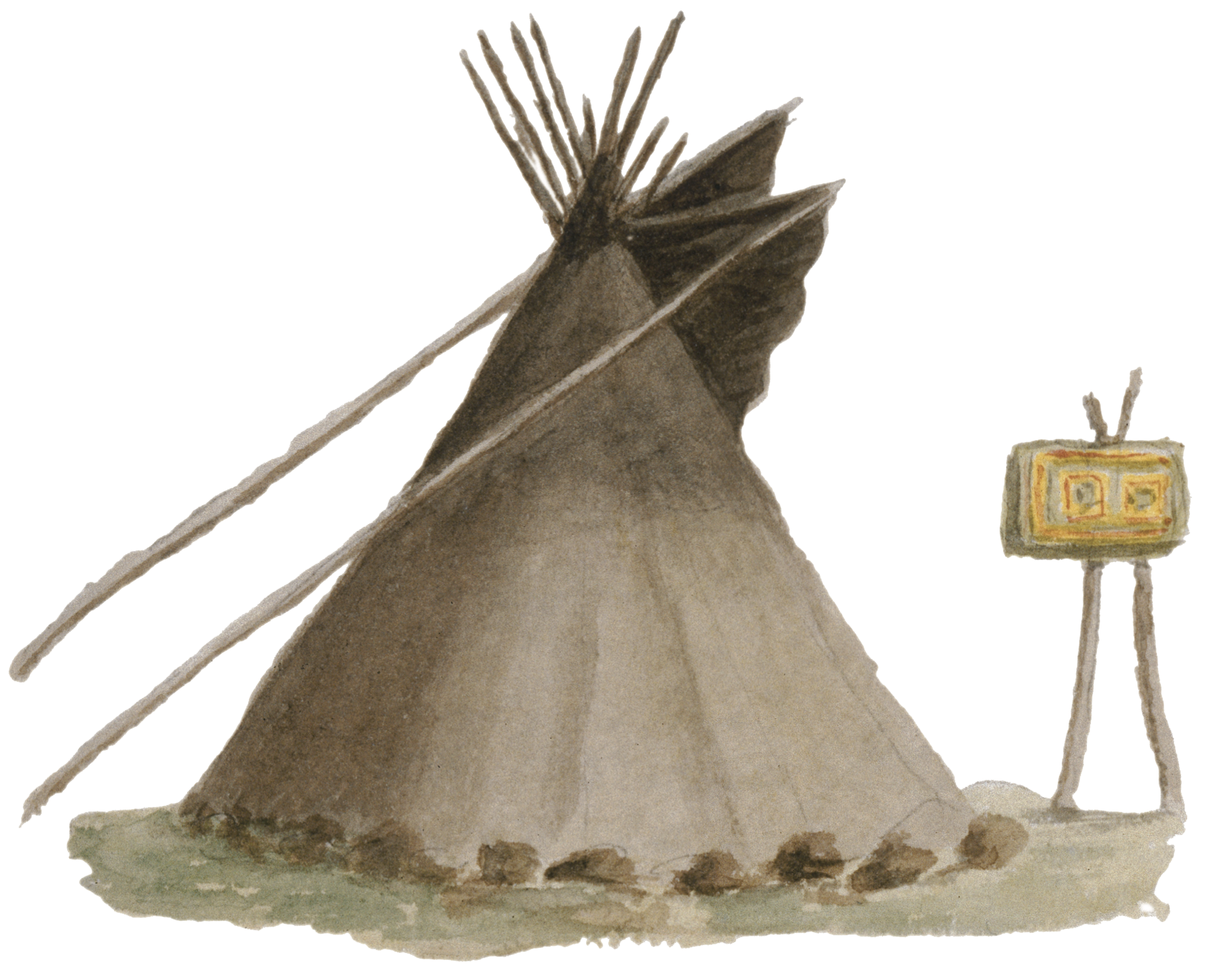
There is a multitude of various tribes of this nation, which are separated into subdivisions and sometimes speak different dialects. In general, the Dacota language does not sound bad. It has many words [containing] guttural sounds, and a German can write them down much more accurately than an Englishman or a Frenchman, especially when he now and then also makes use of French pronunciation. This language is different from those of other tribes along the Missouri, but it is the same as that of the Assiniboines, who live more to the north and to whom the Stone Indians and others belong. Various dialects and accents occur among all these tribes, samples of which I shall try to provide. See the information about the Dacota nation and their language in Major Long’s Expedition to [the] St. Peter’s River.
Language Samples of the Dacota (Sioux), Yanktons
WORDS
Sun Moon Star God Fire Water Earth Man Woman Child Head Arm Hand Hair Eye Mouth Bow Arrow Pipe Tomahawk
[Page 2:94] One of the characteristic features of the Dacotas is the way they treat their dead. It is their custom to place those who died at home on a tall scaffold with four poles. They are wrapped in full regalia in colorfully painted hides with their weapons and equipment [and left] until everything has decayed, whereupon the remains [are buried]. Those who have died violently, facing the enemy, are buried on the spot. Occasionally, however, even during peacetime, they bury their dead in this way and then surround the grave with a fence of timber and brushwood as a protection against wolves. There were several graves of this kind near the Sioux Agency, including that of the famous Yankton chief Tschpunka, who was buried in full regalia with weapons and his face painted red. Often, too, they expose their dead on the thick forked branches of trees. There was one body near the agency, of which a sketch follows. Under the tree there was also a small bower, or screen, made of cottonwood branches, which the relatives build when they mourn, weep, and spend several days at the site. As a sign of their grief, they cut their hair with the first knife they can get their hands on, smear themselves with clay or earth, [and] give away all their [own] good clothing and belongings as well as those of the dead; [these] are distributed to all those present. A young woman wrapped in hides and placed on a support of about six pieces of wood between the branches of a tree had already been there for about eight to fourteen days, and somewhat higher up on the same tree there was also a child. Other graves of this nation have already been discussed.
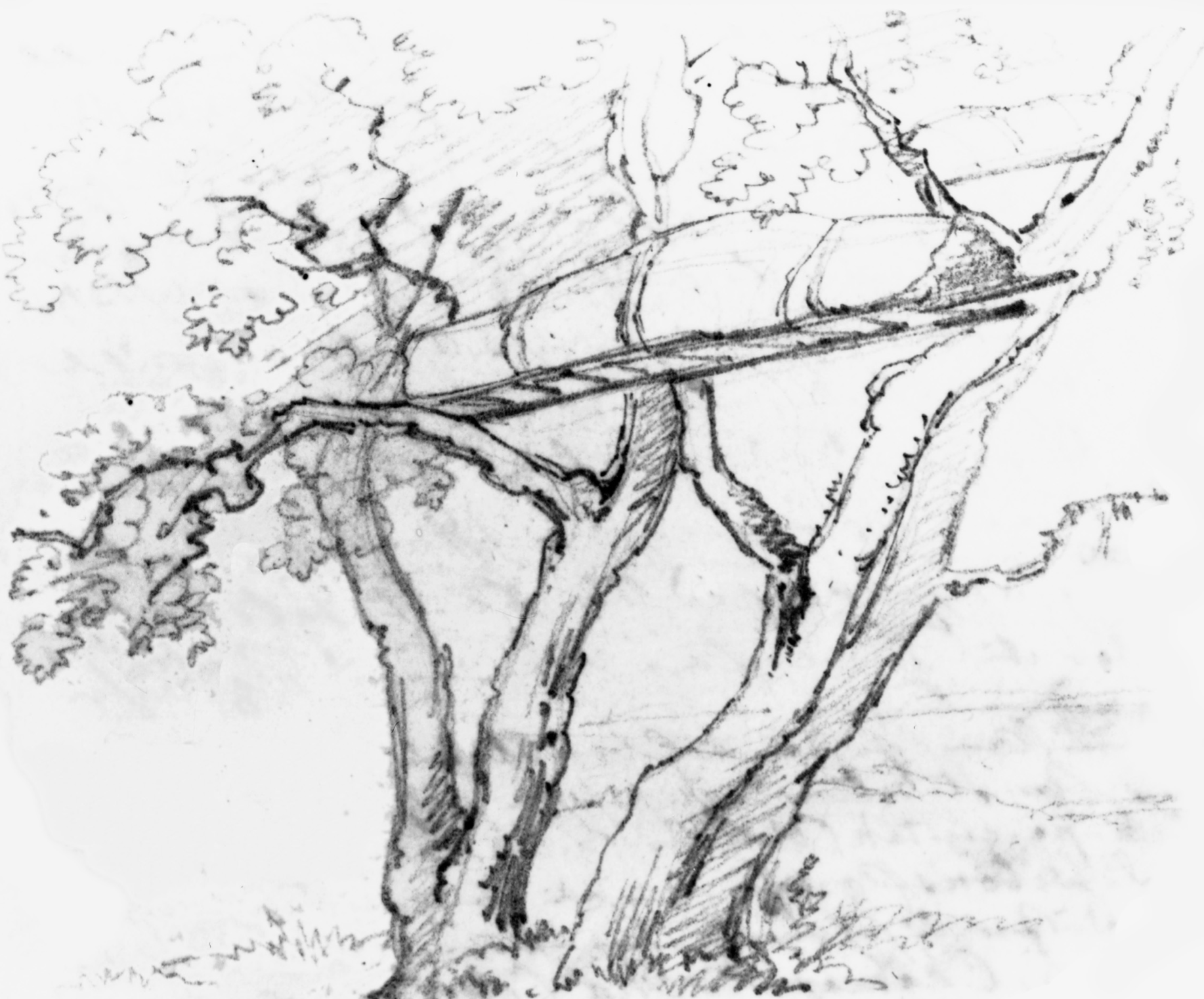
We viewed the noteworthy features of the place in the company of the friendly interpreter of French descent, Cephir, who explained everything to us. He wanted to have dogs and horses packed for us in the Sioux fashion, an offer I did not accept at that time. Major Bean had been so kind as to give him instructions that worked out [quite] favorably for us.
Mr. Bodmer was occupied all day with the portrait of Wahktä́geli, which turned out very well, and I had so many interesting things to see that 26 May passed very quickly for me. An Indian had shot a big bull elk, which had already shed and regrown its antlers—vereckt, as German hunters call it—three or four times, and the flesh of [this elk] was our principal source of nourishment. In the afternoon, Messrs. McKenzie, Sanford, and Captain Bennett visited us, and toward evening I returned to the Yellow Stone with them.
At twelve o’clock noon, 60°F [15.6°C]. On the prairie we found some interesting new plants. The nighthawk (Caprimulgus americanus), which here takes the place of the “whipperwipp, ” flew up out of the grass before our feet. Dreidoppel had found the beautiful alpine, or mountain, lark (Alauda alpestris) in considerable numbers and had also shot the nighthawk and the purple martin (Hirundo purpurea). The evening was very cool; our open fires were burning.
